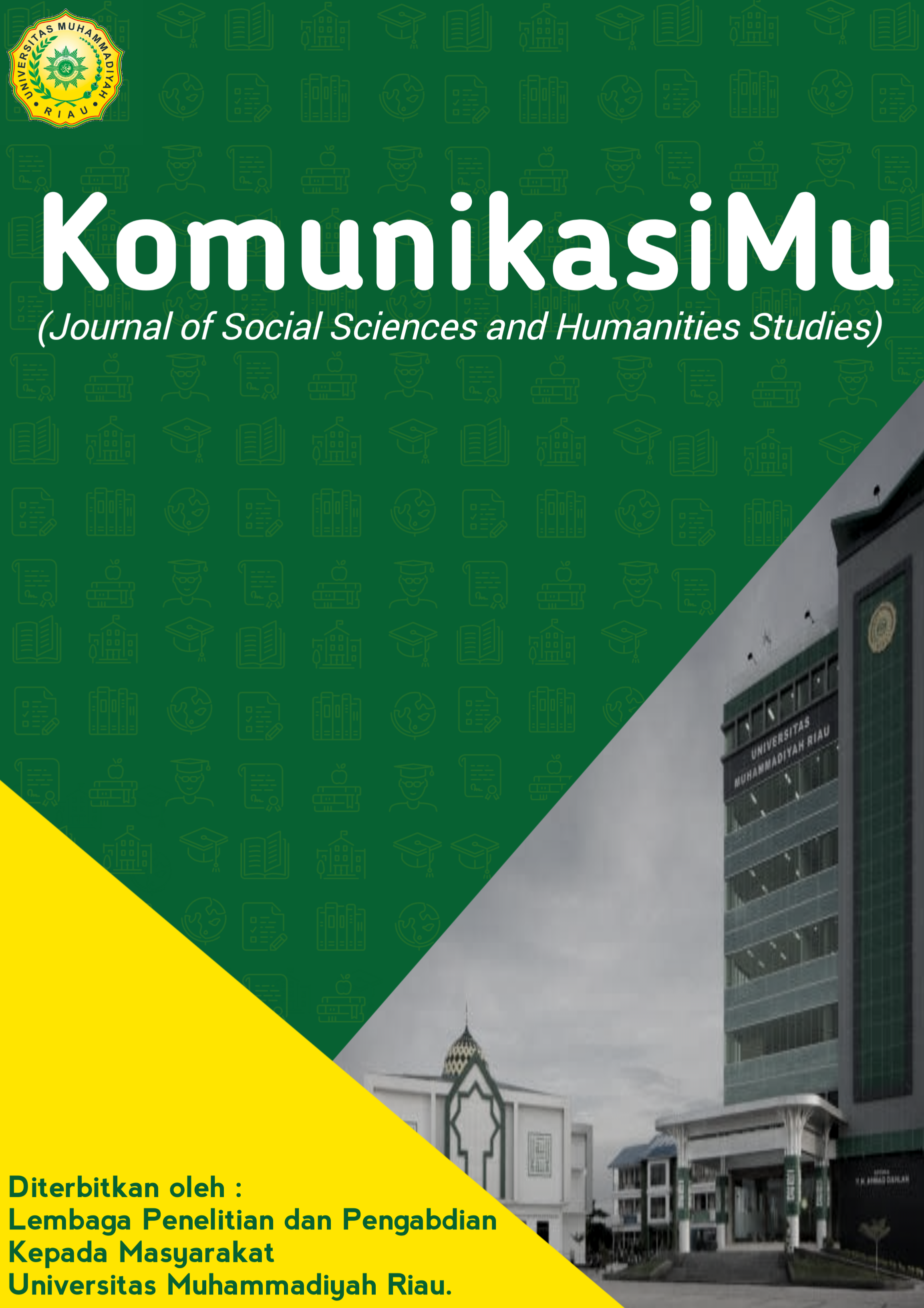
Komunikasi Pemerintahan: Media Komunikasi Digital Melalui E-Government
Raja Widya Novchi, Eka Putra, Khusnul Hanafi , Raja Arlizon
Abstract:
Government communication is not only a means or a tool for the government to convey and or receive information about a public policy but also as a means of integrating activities in an organized manner in realizing cooperation. The issuance of Presidential Instruction No. 3 of 2003 became the starting point for the implementation of E-Government in Indonesia. The Presidential Instruction emphasizes the importance of utilizing information and communication technology (ICT) in government organizations for effective and efficient governance. E-government is used as a reference used in government information systems (such as in wide area networks, the internet, and mobile communications) which have the ability to bridge relationships with other citizens, business people and various other government elements). The transformative side of e-government is that citizens can directly convey their aspirations to the government without having to be limited by space and time through the websites of various government institutions. The concept of e-government is indeed an effort by the government to facilitate government activities by utilizing advances in information technology.
Keywords:E-Government, Digital Communication, Government Communication
Referensi
Baxter, H. (1987). System And Life-World In Habermas's Theory of Communicative Action. Theory And Society, 16(1), 39-86.
Damanik, M.P & Purwaningsih, E.H. 2017. E-Government dan Aplikasinya Di Lingkungan Pemerintah Daerah (Studi Kasus Kualitas Informasi Website Kabupaten Bengkalis Propinsi Riau). Jurnal Studi Komunikasi Dan Media, 21 (2), 151 – 164.
Dixon, B. E. (2010). Towards E-Government 2.0. Public Administration & Management, 15, 418–454.
Dahlberg, L. 2004. The Habermasian Public Sphere: A Specification Of The Idealized Conditions Of Democratic Communication. Studies In Social And Political Thought, 10, 2-18.
Dahlgren, P. (2005). “The Internet, Public Spheres, And Political Communication: Dispersion And Deliberation.” Political Communication, 147-162.
Habermas, J. (1974). “The Public Sphere: An Encyclopaedia Article.” New German Critique 3, Autum. 49-55
Indrajit, S.E. (2004). Electronic Government (E-Gov) Dan Pengembangan Sistem Pelayanan Publik Berbasis Teknologi Digital).Andi: Yogyakarta
Miles, M. B. & Huberman, A. M. (1984). Qualitative Data Analysis: A Sourcebook Of New Methods. California, SAGE Publications Inc. Media. Penn Fels Institute Of Government, 1–30.
Sosiawan, E. A. (2015). Evaluasi Implementasi E-Government Pada Situs Web Pemerintah Daerah Di Indonesia: Perspektif Content Dan Manajemen. In Prosiding Seminar Nasional Informatika,88–98.
Sugandi, Y.S. (2011). Administrasi Publik, Konsep Dan Perkembangan Di Indonesia.Graha Ilmu: Yogyakarta.
Sutabri, T. (2005). Sistem Informasi Manajemen. Yogyakarta: Andi Offset.
Wright, D. K., & Hinson, M. D. (2015). Examining Social And Emerging Media Use In Public Relations Practice: A Ten-Year Longitudinal Analysis. Public Relations Journal, 9(2), 2–26.
